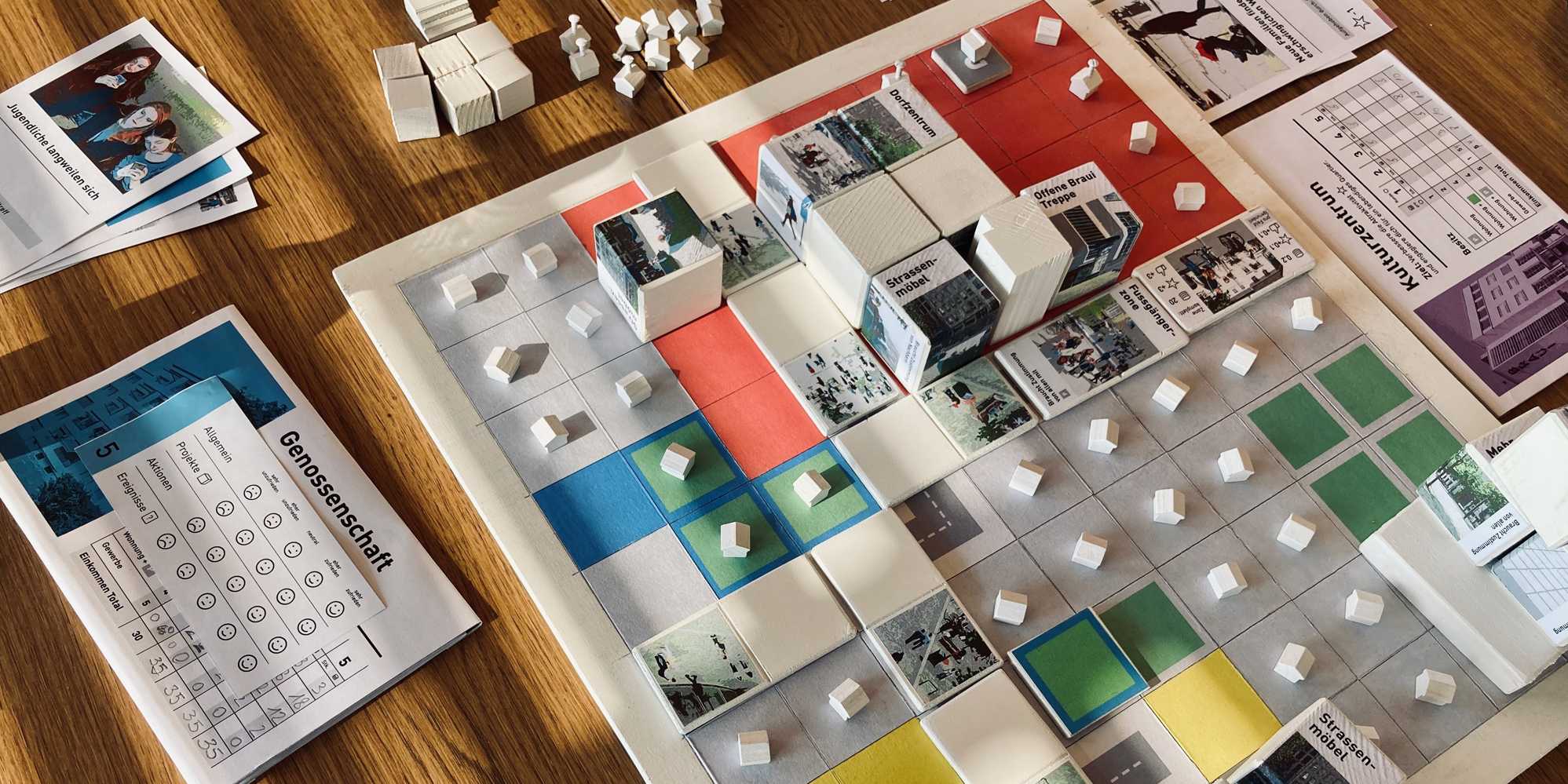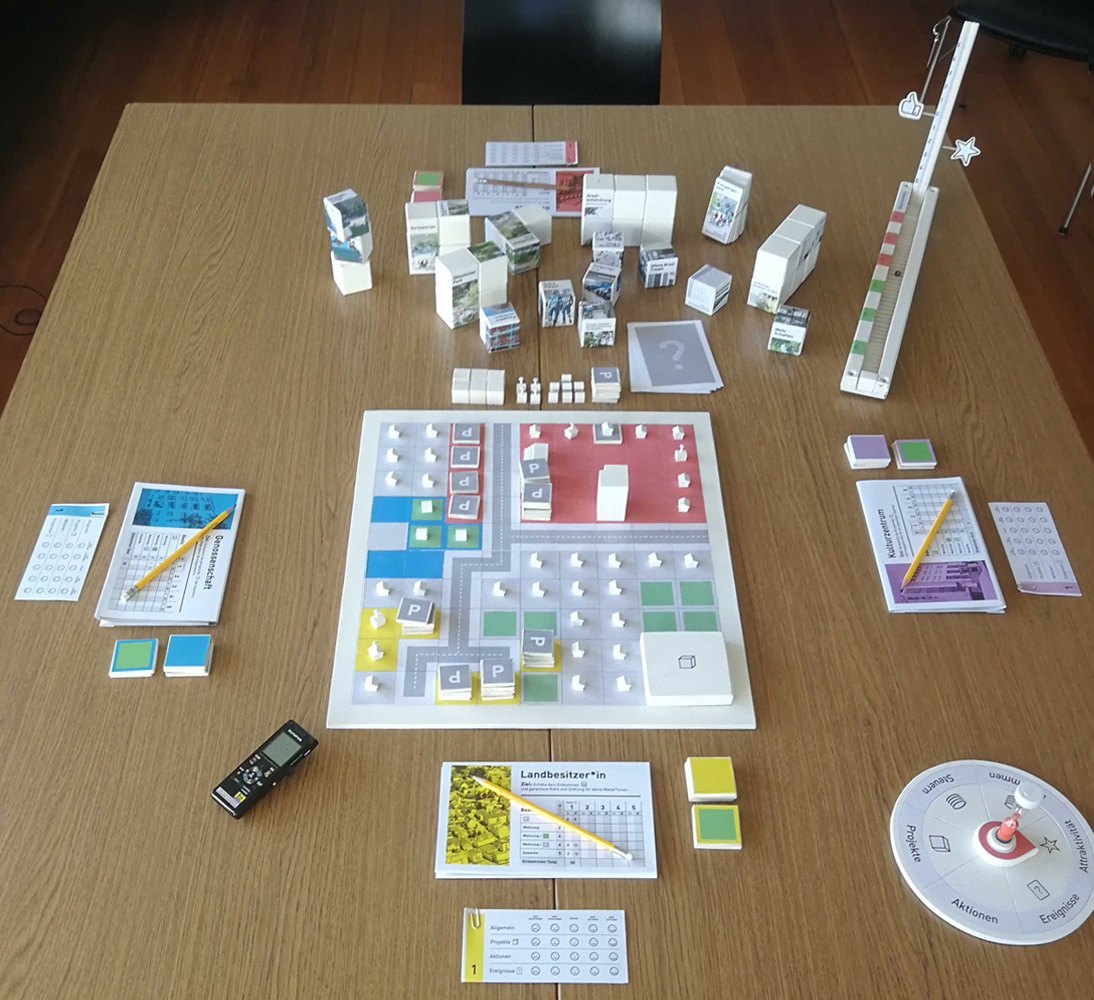Playing games to unlock urban neighbourhood transformations?
The systemic complexity of growing urban populations and contemporary urban systems lock-in unsustainable urban development pathways, deteriorating the living quality of urban dwellers and surrounding environments.
Where existing planning processes are often ill suited to handle this complexity, there is a need to look for alternatives to break-away from these unsustainable pathways. Transformative planning processes are radical, take place on multiple scales, and are often irreversible; therefore, need the integration of perspectives from local stakeholders. What are the levers, their enabling or hindering potential, and how effective are these to supposedly unlock urban transformative change?
Npj Urban Sustainability recently published an article from Johann S. Schuur, Michal Switalski, Nicolas Salliou, and Adrienne Grêt-Regamey titled: “Identifying levers of urban neighbourhood transformations using serious games”.

Based on two contrasting cases (deadlock versus rapid transformation in Hochdorf, Switzerland, and Helsinki, Finland), levers of urban neighbourhood transformation were identified through simulating transformation processes with public, private, academic, and civil-society stakeholders in a serious game. Drawing from realistic development projects, participants navigated financial, spatial, temporal, and power-asymmetric trade-offs which triggered discussions on enabling and hindering factors of the transformative process. Guided by Place-making, participants reflected on the simulated transformations addressing real-life potential for transformative change. Using a mixed-method analysis, participant statements were then organized and conceptualized using place-based (Place-making) and large-scale (Leverage Points, Three Spheres of Transformation) transformation frameworks.
Demonstrating the interactions of participant statements across these three different frameworks, we identify a set of levers, their potential, as well as their effectiveness that are perceived to help unlock urban neighbourhood transformation. Results show that key-levers include access to participation, parking supply, public spaces, place-characteristics, and place-identity. Based on existing literature, these findings could be operationalized by self-organized transformation processes focused on repurposing hard infrastructure into public spaces, whilst ensuring continuity of place-based social- and physical features.
Our paper also shows that the use of serious games is an effective approach to simulate complex (urban) transformation processes and collect empirical data on asymmetric participant beliefs. Providing a level playing field, it facilitates a process of understanding complexity, interdependencies, and trade-offs to help identify where in the (urban) system there is potential to intervene and how effective this is perceived to be. Local stakeholders could draw from this approach to further understand and engage with their individual roles in the transformative process, as individual beliefs, worldviews, and values appear paramount to unlock transformative change.

